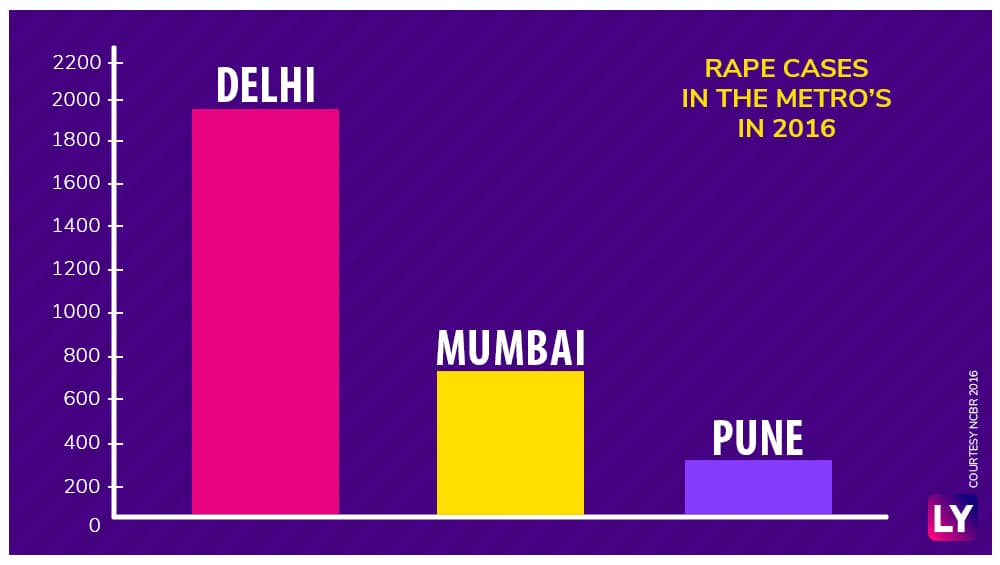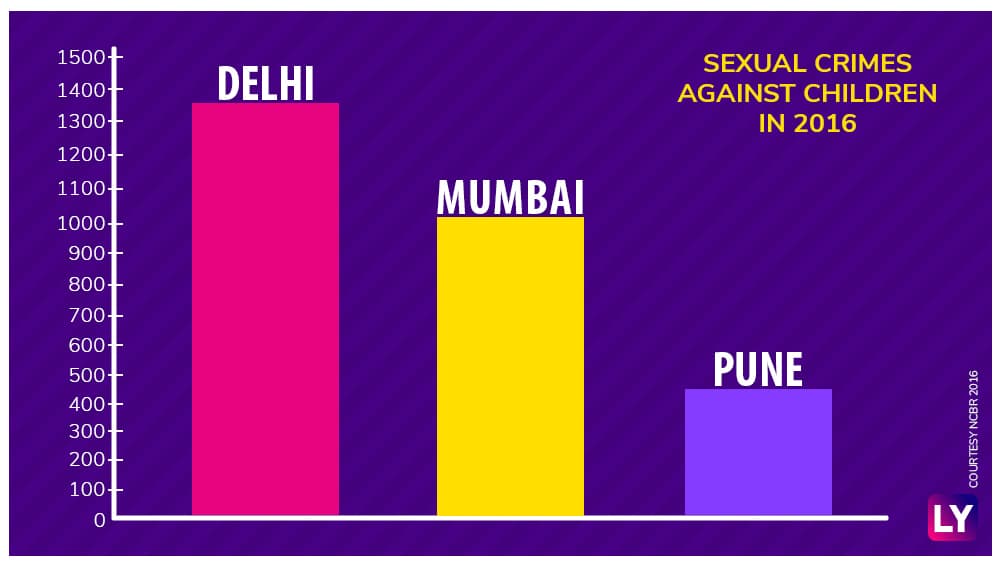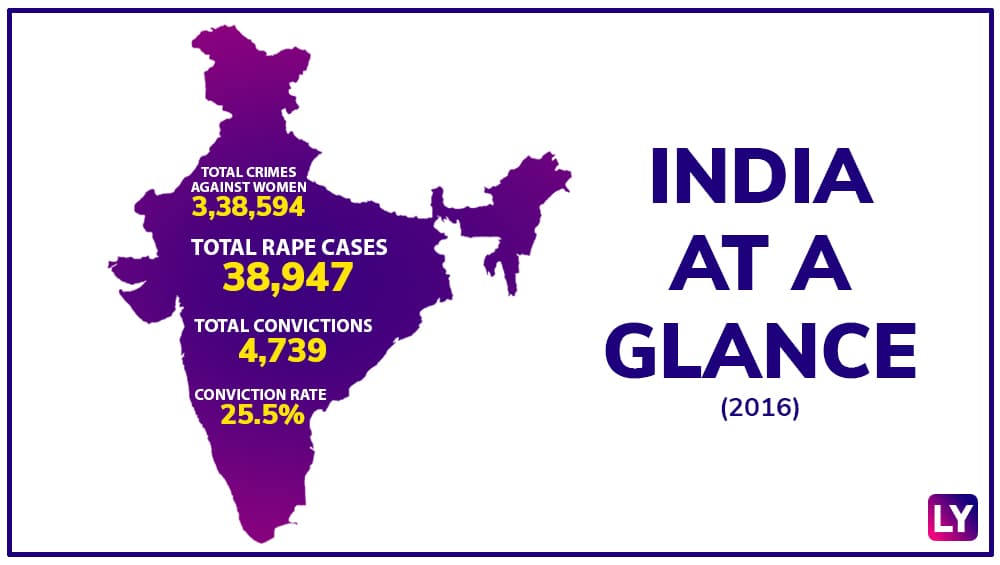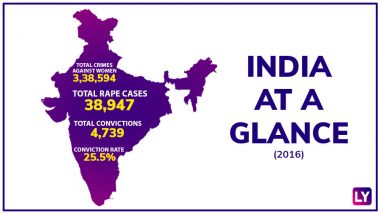It took a ghastly incident in the December of 2012 to change the way India viewed sexual violence. The Nirbhaya Rape Case, which gave the country and its capital worldwide infamy, also turned out to be a watershed movement in Indian history. Never before did a crime injure the collective conscience of India as a nation like the rape and murder of a 23-year-old physiotherapist from Delhi did. Seemingly, her death wasn’t in vain. It made politicos and lawmakers realise that issues of women’s safety cannot be swept under the carpet anymore. It threw open debates on mistreatment, rape and degradation of women in India. The incident also fomented strong anti-government sentiments and even nicked the chances of Sheila Dixit-led congress government coming into power for the next term in Delhi. And perhaps, it was not wrong of us to expect that Post-Nirbhaya, India would become a safer place for its women.
Yet, with a new rape case hitting the headlines every day, it looks like the country is at a tipping point and is poised to dislodge another government from its ivory tower in 2019. In keeping with its predecessor’s legacy, the present government is also giving us all a masterclass in bungling sensitive cases. Three nails – Unnao, Kathua and Surat – have been hammered resoundingly on the government’s coffin and more names followed. As much as it pains us, Post-Nirbhaya India is worse for women.
1 Rape is The Commonest Crime against Women
It is reported that every 20 minutes, a woman is raped in India, making rapes the commonest crime in the country. According to National Crime Records Bureau (NCRB ), 98 percent of the rapes in the country are committed by someone known to the victim. A measly 10 percent of the rapes are reported and out of which, 25.5 percent of the felons are convicted.
2 Crimes against Women are on the Rise

In the days following a major crime like rape, we often see an influx in the number of cases being reported by the media. A similar trend was seen after the Kathua and Unnao cases came to light. This leads us to wonder whether there is an actual increase in crimes. Since 2014, crimes against women are on an upward trend, at least according to the statistics provided by NCRB 2016. From 38, 385 cases in 2014 and 41, 0001 in 2015, the number of cases of crimes against women has risen to 41,761 in 2016.
3 Crimes against Children are on the Rise

Kathua and Surat rape cases has once again broached the uneasy topic of children’s abuse in the country. India is home to 19 percent of the world’s children and has the world’s highest number of child abuse cases. Studies suggest that over 7,200 children, which includes infants, are raped every year in the country. Many of these cases go unreported. NCRB 2016 also shows a worrying trend of rising sexual crimes against children in the country. In 2014, there were 15,191 cases; in 2015 there were 17, 653; cases and in 2016, the total number of cases rose to 18,480.
4 Delhi Leads among the Metros


Urban areas are hotspots for sexual crimes and even after all these years, Delhi has failed to redeem its image as (for the lack of a better term) the ‘rape capital’ of the country. Despite women’s safety being a priority for successive governments in the capital, it has not translated into tangible reforms for women. Of the total 4935 cases of rape in the metros, 1996 cases are to Delhi’s credit. Mumbai comes a distant second with 712 cases and Pune with 354 cases of rape.
5 Rape Convictions in India Are Low

In 2016, there were 38,947 cases of rape in India. Out of which, conviction happened only in 4,739 cases. The country’s conviction rate for rape stands at 25.5 percent. According to NCRB, only one in four cases of rape are convicted. According to Indiaspend.com, Nagaland and Mizoram had the best conviction rate with 72.7 percent and 70.6 percent respectively. Jammu Kashmir and Gujarat were the worst in conviction rates.
6 Rapists and Sex Offenders Rule the Country
India has the dubious reputation of allowing criminals rule the country. A joint study conducted by the Association for Democratic Reforms and the National Election Watch has revealed that out of the 1581 MPs and MLAs in the country, 51 of them have been facing charges related to crimes against women. BJP leads the list with 14 candidates, Shiv Sena comes second with 7 and Trinamool Congress with 6. These 51 lawmakers face charges related to rape, kidnapping, abducting or compelling a woman into marriage. It also includes trafficking of minors, assaulting women with an intent to outrage her modesty and subjecting wives to cruelty.
7 Indian Movies Normalise Rape, Not Kissing
It’s ironic that the snip-happy Indian censor board detests healthy expressions of romantic love such as kissing and sex, but has never batted an eyelid before allowing gory rape scenes in movies. Since the 70s, violent representational scenes of rape dubbed as izzat lootna have been a fixture in movies and serve as a motivation for avenger-type heroes. Acts such as tearing women’s clothes and abducting her have been normalised but not kissing. Although these films imply that rape is a crime and morally wrong, these violent rape scenes are the closest things to sex in Indian films.
India is in midst of a veritable rape crisis and now, the world is awakening to it. With successive governments just passing the buck without any moral accountability for the pathetic condition of women, victim-blaming and slut-shaming ruling the roost and men using women's bodies as battlegrounds to settle scores, there's no saying whether this crisis will abate anytime soon.
(The above story first appeared on LatestLY on Apr 18, 2018 08:22 PM IST. For more news and updates on politics, world, sports, entertainment and lifestyle, log on to our website latestly.com).













 Quickly
Quickly


